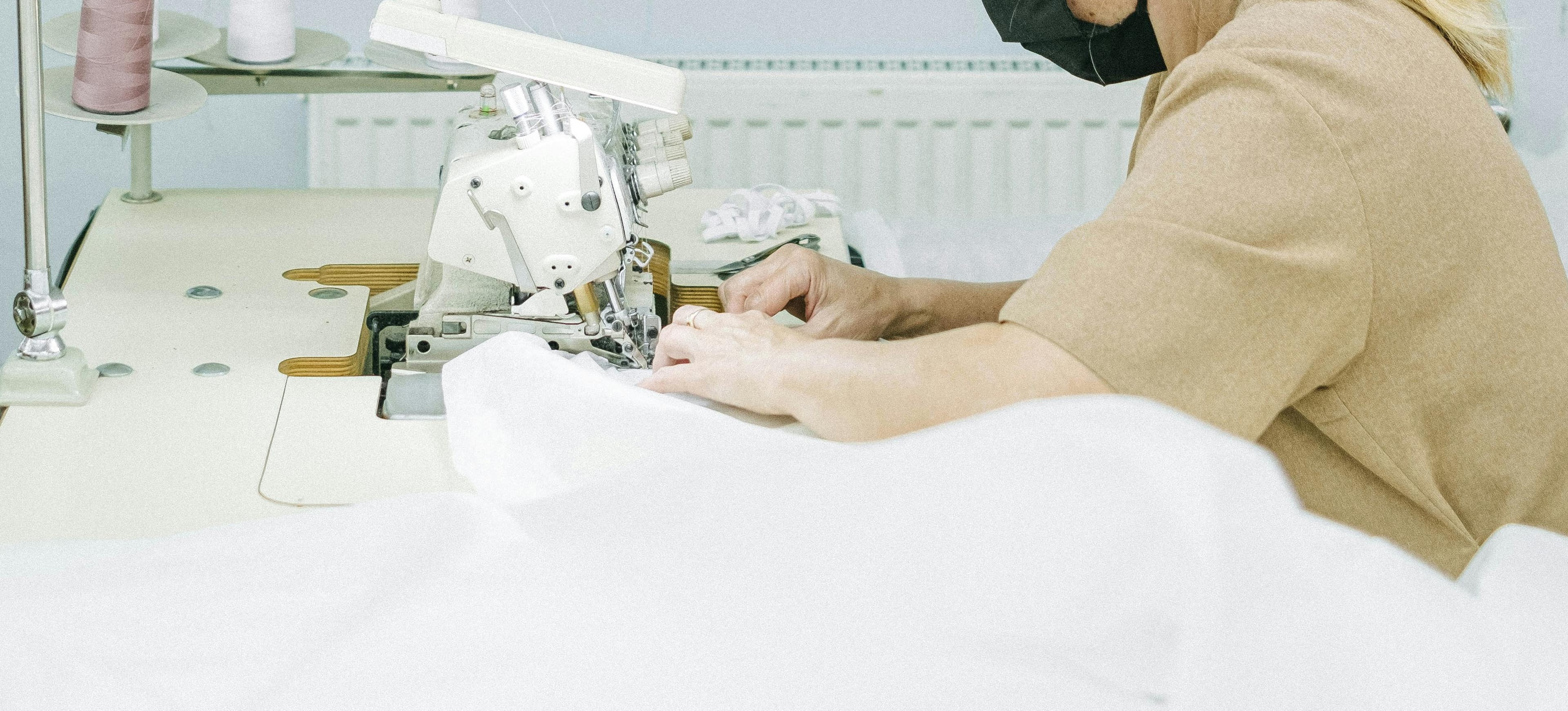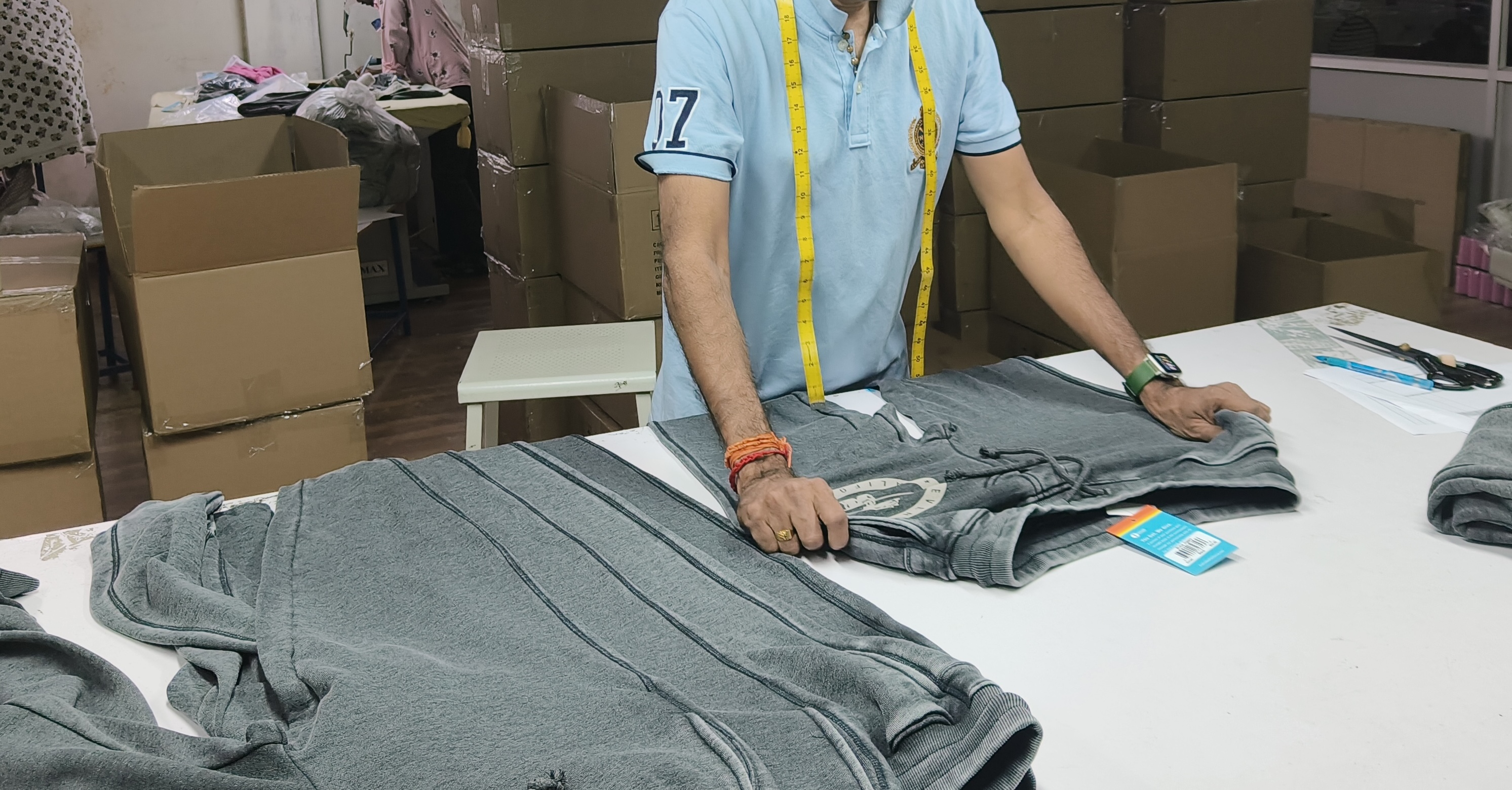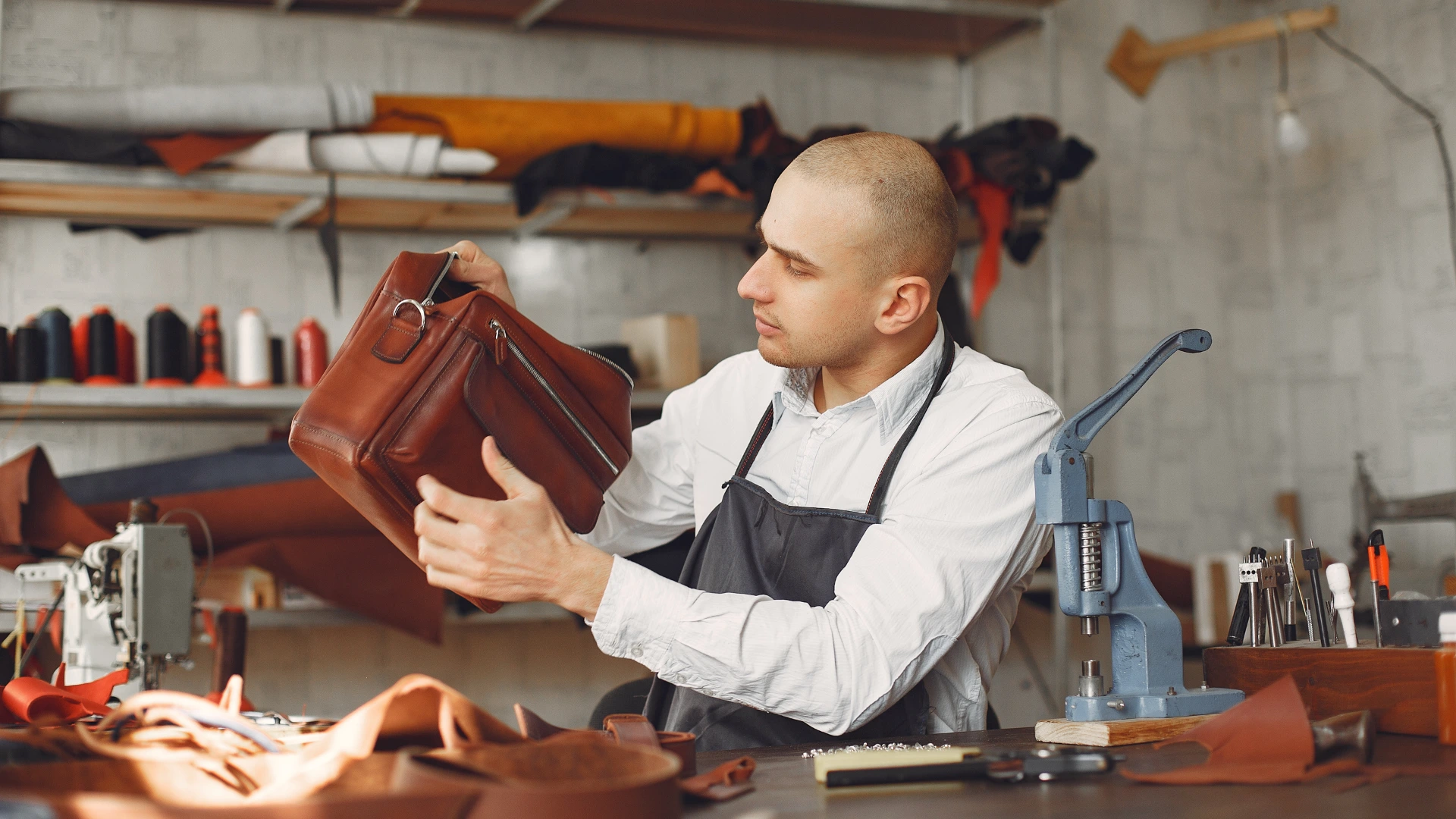China QC Inspection | The Complete Guide for Importers

How confident are you in the quality of your next shipment from China?
For importers and sourcing professionals managing high-end consumer goods, that question should never be left to chance. QC inspections aren't just another box to check. They are a critical part of your supply chain strategy, helping ensure product quality, reducing costly mistakes, and maintaining your brand's standards across borders.
Whether you’re dealing with textile suppliers in Shanghai or Shenzhen, understanding how to structure and execute quality control inspections can make or break your supply chain resiliency.
Why Quality Control Inspections Matter in China
Sourcing from Chinese suppliers offers undeniable advantages: scale, speed, and price. But it also introduces complexity in maintaining consistent quality standards. Factory substitutions and production shortcuts can lead to quality issues that hurt your brand downstream.
QC inspections are designed to mitigate that risk. They ensure your product quality aligns with expectations before the goods leave the factory. When a trusted third-party inspection company conducts inspections, it also enhances supplier accountability and transparency.
Read More: Third-Party Inspections: 8 Reasons Why Production Facilities Need Them
The Cost of Skipping Quality Control
- Returns & rework: Failed shipments cost you more than just money. They erode trust with retailers and customers.
- Lost time: Unplanned delays in the production process disrupt sales cycles.
- Reputational damage: Poor quality products hurt customer loyalty and increase churn.
Key QC Inspection Types in China
1. Factory Inspection (Before PO Placement)
Often referred to as factory audits, this preemptive evaluation examines a manufacturer’s capabilities, equipment, staffing, and adherence to quality management systems like ISO 9001. It’s essential for initial supplier evaluation or onboarding a new partner.
- Confirms legitimacy (avoids trading companies posing as factories)
- Checks capacity and process alignment
- Assesses risk for non-compliance or labor violations
2. Pre-Production Inspection
Before mass production begins, it’s wise to validate raw materials, components, and first-run samples. Especially important in softlines (apparel, textiles) and hardlines (electronics, home goods).
- Confirms visual, dimensional, and functionality compliance
- Avoids approval based on off-spec samples
- Ensures product matches quality requirements agreed in the spec sheet
3. Inline Inspection
An inline or during production inspection (DUPRO) occurs when 20–60% of goods are completed. It helps catch defects early and limit rework.
- Sampling follows the AQL (Acceptable Quality Limit) methodology
- Targets recurring or systemic issues
- Aligns quality expectations while there’s still time to course-correct
4. Final Inspection/ Pre-Shipment Inspection
This is the most common form of product inspection services. Conducted when production is complete and goods are packed.
- Checks packaging, labeling, product specs, and quantities
- Uses AQL sampling to determine pass/fail rate
- Generates an inspection report with photographic proof
Read More: Pre-Shipment Inspection Guide [Free Checklist Inside]
What Happens During a Quality Control Inspection?
An on-site QC inspection typically includes:
- Random sampling using AQL tables
- Physical testing for functionality, appearance, labeling, and compliance
- Visual checks against product spec sheets
- Carton drop tests or packaging durability tests
- Documentation of all defects, categorized by severity
You’ll receive an inspection report within 48 hours, including:
- Summary of findings (pass/fail/hold)
- Photos and videos of defects
- Quantitative data (% defects, quantities inspected)
For regulated goods (e.g., children’s products, electronics), inspections often include lab testing, compliance audits, or documentation reviews for certificates.
Read More: 5 Factory Inspection Mistakes & Best Practices for Quality Control
Where QC Inspections Are Most Common in China
Your inspection company should have inspectors stationed in all major manufacturing zones:
- Guangdong (Shenzhen, Dongguan): Electronics, plastics, toys
- Zhejiang (Ningbo, Yiwu): Textile, accessories, small goods
- Shanghai: Fashion, cosmetics, premium packaging
- Shenzhen: High-tech consumer products and FBA prep
Inspection companies with a presence in Vietnam and Hong Kong can also support multi-country sourcing strategies or cross-border audit services.
How to Choose the Right Inspection Company
A reliable third-party inspection company should offer:
- Product expertise and knowledge of both softlines and hardlines
- Real-time dashboards or digital platforms to access results
- Coverage in key Chinese regions with quick response times
- Clear pricing structure (per man-day) for inspection services
- Optional laboratory testing or regulatory support
Read More: How to Choose a Third-Party Inspection Service for Ecommerce Brands
Building Quality Assurance Into Your Sourcing Strategy
Quality control shouldn’t be reactive. It needs to be embedded in your upstream sourcing decisions:
- Include inspection clauses in supplier contracts
- Align inspection timing with production milestones
- Use QC data to inform ongoing supplier audits and performance reviews
- Combine product inspections with ongoing quality assurance and audit services
Done right, quality control inspection isn’t a cost center. It’s a competitive advantage for importers who demand consistent, high-quality products from global suppliers.
Make China QC a Strategic Advantage With Silq
If you're sourcing from Chinese suppliers and scaling high-end goods, you can't afford to skip or underinvest in quality inspection services. From factory audits to pre-shipment inspections, each checkpoint in your manufacturing process presents an opportunity to reinforce your brand promise and mitigate risk.
Want boots-on-the-ground visibility without flying to China? Silq offers on-demand, quality control inspections across Shenzhen, Shanghai, and beyond — with transparent reports, flexible scheduling, and deep category expertise.
It’s an on-site check that verifies product quality, packaging, labeling, and compliance before shipment.
Inspections should be planned before production, during production, and just before shipment.
Yes, regular inspections help ensure ongoing quality and catch issues that can arise even with repeat orders.
Yes, if appropriately scheduled, a single inspection can evaluate multiple SKUs from the same production batch.
Most inspections occur in Guangdong, Zhejiang, Shanghai, and Shenzhen, where manufacturing clusters are concentrated.
Ready for Supply Chain Predictability?
Importers using Silq ship smarter, safer, and with total control.







%20(1).png)